A customer lifetime value (CLV) analysis uses historical business data and predictive analytics to examine the revenue a customer brings in over the full span of their relationship with your business. A CLV analysis examines factors like purchase frequency, purchase volume, average spend, customer engagement and customer loyalty. Depending on the purpose of your CLV project, this analysis could focus on the value added in the past or examine potential value in the future.
Findings from a CLV analysis can inform future marketing work, personalise communications, increase customer acquisition, boost loyalty and reduce churn.
Customer lifetime value can be measured from two different angles – historical and predictive. Both can help you better understand customer profitability, engagement and loyalty.
Historical CLV focuses on a customer’s past transactions with your business. This traditional approach to CLV analyses past data, including purchase frequency and overall spend, to pinpoint a customer’s value to your business.
Predictive CLV is a bit more complex. This approach estimates the future value of a customer using predictive analytics, often driven by machine learning models. Predictive CLV is used to identify customers likely to deliver the most revenue in the future.
The core purpose of a CLV analysis is to identify your most valuable customers. Of course, the insights uncovered during a CLV project can also feed into other areas – including churn analysis, personalisation and targeting in marketing, customer acquisition and budget allocation.
Several factors can influence customer lifetime value – including demographics, brand loyalty and overall customer experience.
The demographic groups a customer fits into can impact their CLV. For example, a higher income bracket may correspond with a higher CLV, while younger customers may have a lower lifetime value in general. Understanding how demographic factors interact with CLV can help you target customer groups more precisely.
Customers who are very loyal to your business or brand are less likely to churn and tend to have a higher CLV. This means increasing loyalty, either through loyalty programmes, targeted communications or special offers, is a worthwhile goal.
Customer experience can have a real impact on CLV because elements like ease of ordering, positive experiences with staff and personalised communications can increase sales. Improving the customer experience at multiple touchpoints can be a way to increase CLV overall.
The business benefits of CLV analysis include a better understanding of customer value, insight into how your loyalty programme is working, a deeper knowledge of acquisition costs and more efficient marketing.
Improving your understanding of customer value is the core purpose of CLV analytics. This understanding can help you improve customer service and retention across your organisation, potentially boosting profitability over time.
How effective is your loyalty programme? A CLV analysis can help you find out. If your loyalty programme members have a higher CLV than other customers, it’s probably worth continuing. On the other hand, if there’s no correlation between your loyalty scheme and CLV, it may need to be reworked or scrapped altogether.
Understanding your acquisition costs in relation to CLV can be invaluable. If you know how much a particular demographic or customer group is likely to be worth throughout their relationship with your business, you decide if it’s worth the average acquisition cost to bring them in.
Cost savings and efficiencies are another plus. CLV helps you focus on the highest-value customers rather than taking a broad-brush approach to your marketing and communications. This could result in a lower marketing spend and help you increase the ROI of each marketing dollar.
At Datamine, we’ve managed CLV analytics projects in Australia and New Zealand for businesses in retail, insurance, entertainment and more.
Industries include:
Datamine has helped hundreds of Australian and New Zealand organisations understand their customers’ value. We work with clients throughout the analysis process, from goal setting and project design to analytics and deployment. Thanks to our deep knowledge of customer value and industry trends, we offer insight and guidance to ensure our clients get the most value from their analytics projects.
Want to measure the value of your customers? Get in touch to talk CLV with the Datamine team.
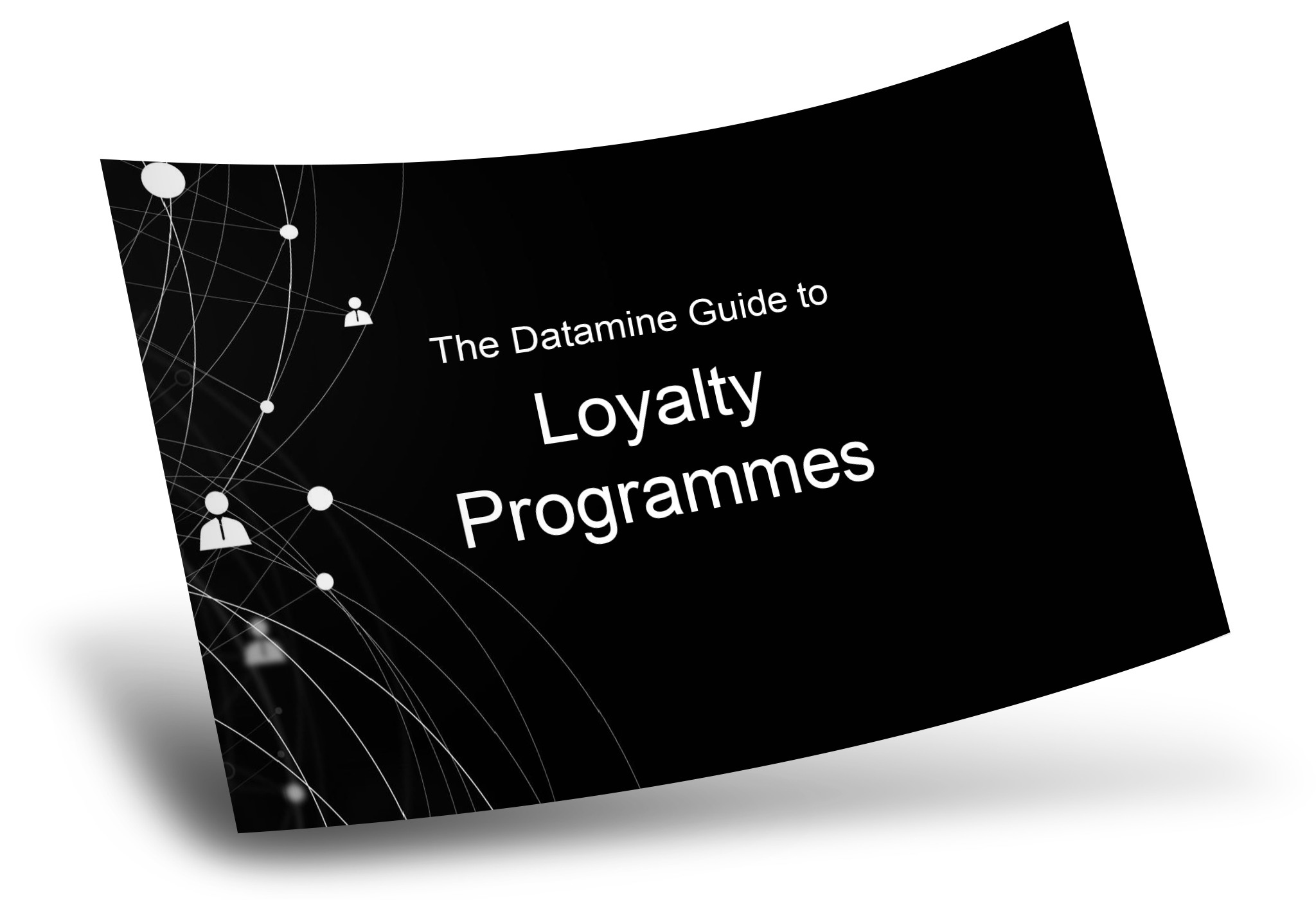

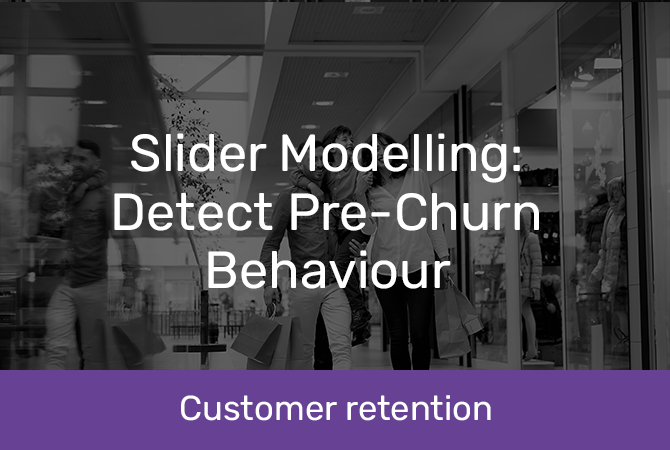
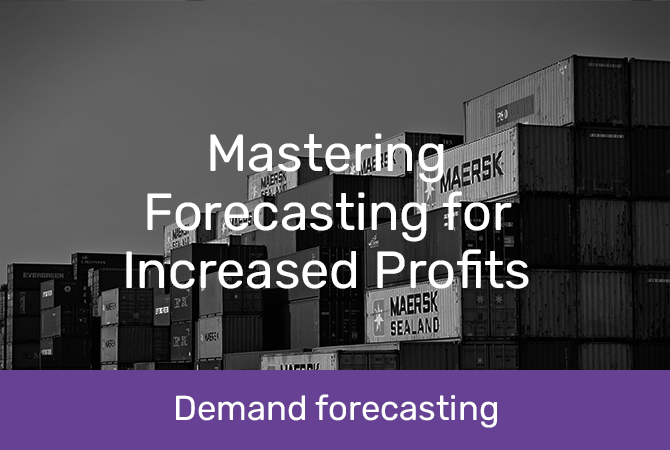
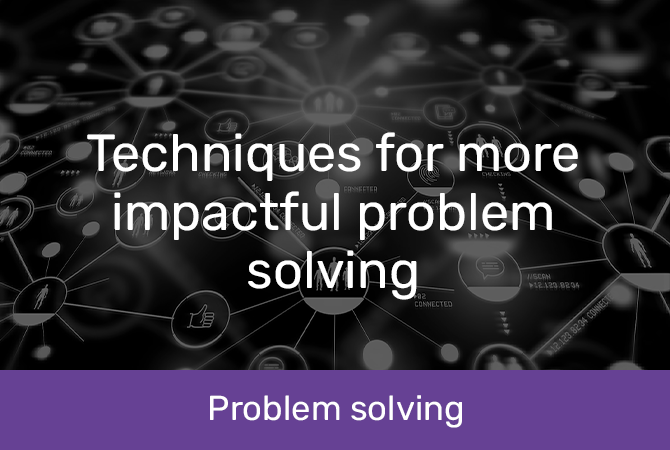
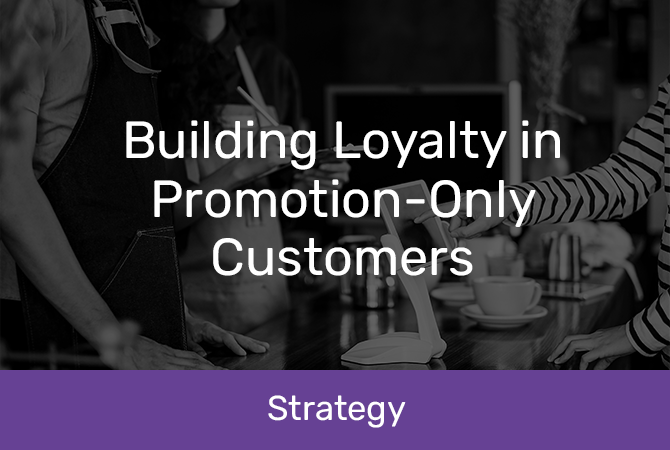

When a major entertainment company wanted to change its approach to customer communications, a CLV analysis was a key piece of the puzzle. The client wanted to personalise its communications to avoid spamming customers with irrelevant, poorly timed messages, shifting away from the blanket messaging it had used previously.
The process
Datamine worked with the client to map out the customer lifecycle, defining touchpoints based on the stage of the relationship with the customer. From there, we used sales and interaction data to pinpoint drivers of customer behaviour, define the ‘who, what and when’ for communications planning, and find individual customers to target with specific messaging.
Finally, our team created predictive models that the client could use to personalise customer interactions in the long term.
The result
After the initial analytics phase, the client implemented the recommended changes. The new predictive models were used in conjunction with its existing loyalty programme, which meant it could target customers with personalised offers and messaging. This added a new level of sophistication to the loyalty programme and helped the client increase customer loyalty overall.
Want to find out more about the potential of CLV analytics in your organisation? Fill in our contact form, and a Datamine team member will be in touch.
Stay in the loop with our latest updates by signing up for our newsletter today!